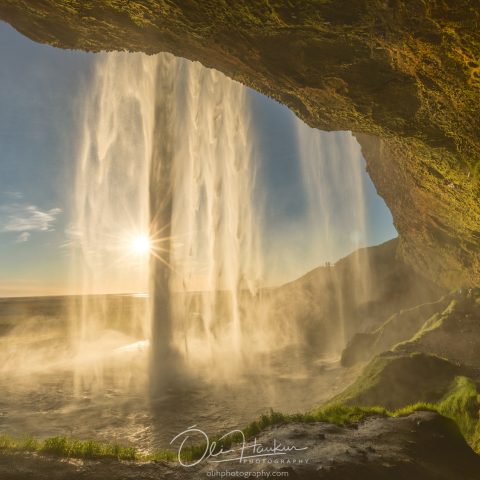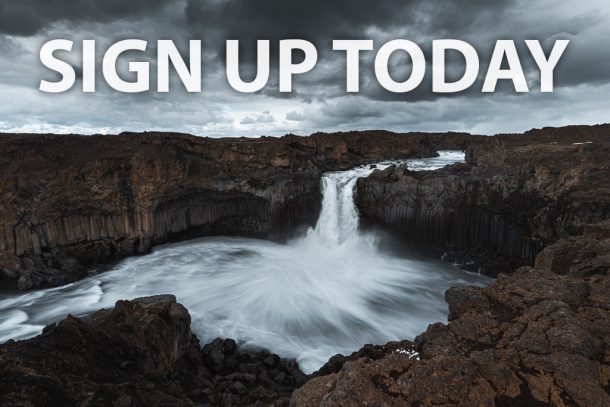Gear for Landscape Photography
The must have Gear for Landscape Photography, a helpful guide for the Iceland En Route Photo Tours.
A great landscape photograph can capture the imagination and become a valuable memory of time spent in a foreign place. We are often asked regarding photography equipment and the essential gear to take a great landscape photo. You´ll require 4-5 essential equipment to be able to bring home the magic from Iceland.
Check out this short list of Gear for Landscape Photography:
The Photographer
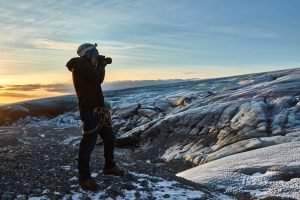 The photographer and his eye or sense for the frame is the most important of all equipment as well as his sense for light and ability to recognize good light. Choose your frame very carefully and take your time to walk around and choose your topic. Look for a foreground element to include in the composition and convey a sense of scale. Anything can provide a sense of scale for the rest of the image, it can be a car, boat, tree, person etc. Choose the right time for that specific location and if you do not know the area find a native or local guide to assist you. Many of the best landscape photos are taken during sunrise and sunset when dramatic lighting paints the scene.
The photographer and his eye or sense for the frame is the most important of all equipment as well as his sense for light and ability to recognize good light. Choose your frame very carefully and take your time to walk around and choose your topic. Look for a foreground element to include in the composition and convey a sense of scale. Anything can provide a sense of scale for the rest of the image, it can be a car, boat, tree, person etc. Choose the right time for that specific location and if you do not know the area find a native or local guide to assist you. Many of the best landscape photos are taken during sunrise and sunset when dramatic lighting paints the scene.
The Camera
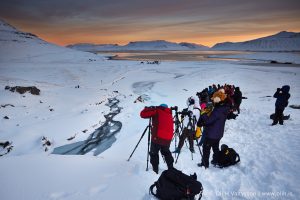 Any camera or phone will do for making a shot to share on Facebook or other social media but to elevate your photography skills to the next level, it is essential to have a camera that allows you to go off Auto settings and start shooting in Aperture or shutter Priority. The key to a great landscape photo is having sharp focus throughout your depth of field, that is everything from the leaf in the foreground to the distant mountain range should be in clear focus. One might say this is the second most important thing on the list over Gear for Landscape Photography = to have a proper camera. 🙂
Any camera or phone will do for making a shot to share on Facebook or other social media but to elevate your photography skills to the next level, it is essential to have a camera that allows you to go off Auto settings and start shooting in Aperture or shutter Priority. The key to a great landscape photo is having sharp focus throughout your depth of field, that is everything from the leaf in the foreground to the distant mountain range should be in clear focus. One might say this is the second most important thing on the list over Gear for Landscape Photography = to have a proper camera. 🙂
Shooting in aperture or shutter speed priority allows you to choose the right focal ratio for the scene. You want a large focal ratio (the range of f/8 to f/16) to produce images with good depth of field and crisp focus.
Another setting in is ISO. This is the sensitivity of your camera’s sensor to light. Shooting with a low ISO delivers cleaner images (less noise/graininess). For better landscapes, try to shoot in as low ISO as you can (normally it´s around 100 or 200) .
The combination of a large focal ratio (f/8 or higher) and a low ISO (100 or 200) means longer exposures will be needed to make a very good photo. If you shoot landscapes at midday when the sun is high in the sky, there is more than enough ambient light to make a good image with very short exposures. But truly dramatic landscapes like in Iceland are often captured in very different lighting conditions, sunrise and sunset are very popular as mentioned before.
I prefer to shoot in cloudy skies rather than on a clear day as the clouds add an element of drama which can transform any view into a stunning image. but the downside is that under such conditions the available light is much lower and a photographic tripod becomes a necessity.
The Tripod
As mentioned earlier you´ll want to shoot in low light conditions during sunrise or sunset by using a large focal ratio and low ISO. The length of the exposure needed will be too long for anyone to steadily hold a camera in the hand. Mounting your camera on a tripod will keep it steady during very long exposures allowing you to record all the details. It allows you to take the time to carefully prepare the angle and the frame desired and lock down your camera in that position. A tripod is specially important for those who like to shoot HDR. You won´t be shooting spectacular photos if you forget to bring the tripod as a part of your gear for landscape photography.
The Lenses
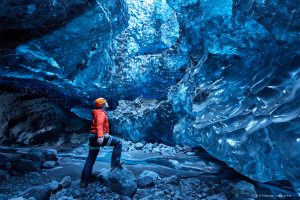 For landscape photography one of the most important pieces of equipment for a photographer is the lens. Lenses don´t come cheap as you know and if you don´t have room in your budget for purchasing many lenses here are a few points for you to consider. If you could only choose one lens then keep in mind that your most versatile lens will be a wide angle lens. Wide angle lens are short focal length lenses that deliver wide, true fields of view which allows greater flexibility in shooting magnificent landscape. I recommend a minimum focal length of 12 mm for cropped sensor camera and 18 mm for full-frame cameras. Their large apertures collect enough light to keep exposures brief, even in low light conditions. Large apertures demand a large front lens element, which is quite expensive. Because we are shooting at f/8 or greater, a lens with a maximum focal ratio of f/4 is all you need.
For landscape photography one of the most important pieces of equipment for a photographer is the lens. Lenses don´t come cheap as you know and if you don´t have room in your budget for purchasing many lenses here are a few points for you to consider. If you could only choose one lens then keep in mind that your most versatile lens will be a wide angle lens. Wide angle lens are short focal length lenses that deliver wide, true fields of view which allows greater flexibility in shooting magnificent landscape. I recommend a minimum focal length of 12 mm for cropped sensor camera and 18 mm for full-frame cameras. Their large apertures collect enough light to keep exposures brief, even in low light conditions. Large apertures demand a large front lens element, which is quite expensive. Because we are shooting at f/8 or greater, a lens with a maximum focal ratio of f/4 is all you need.
The Filters
Filters can be a great tool for landscape photography and very useful, but they are not considered a part of the essential gear. For example filters are unnecessary in the right lighting situations and you might be able to compensate for the significant differences in brightness with photo editing.
One of the most useful filters are graduated neutral density (GND) filters and polarizing filters.
The Raincoat and cloth
In Icelandic weather conditions a good raincoat for the camera is a necessity. You´ll be likely to have rain at least once (or snow if you take the winter tour). A lens cloth is also something you can´t go with out, whether it´s raindrops or other smudges you get on your lens. Once it´s there, it ruins all your photos.
Summary
You see the list of gear for landscape photography is not complicated at all: You´ll do wonders with a camera with Aperture Priority, a camera tripod and a sharp wide angle lens.
We look forward to take you along on our photo tour.
0

